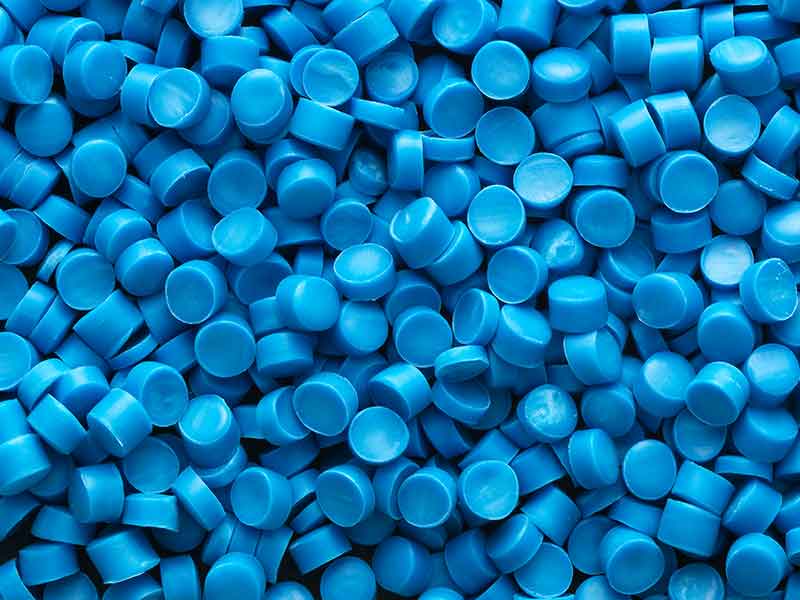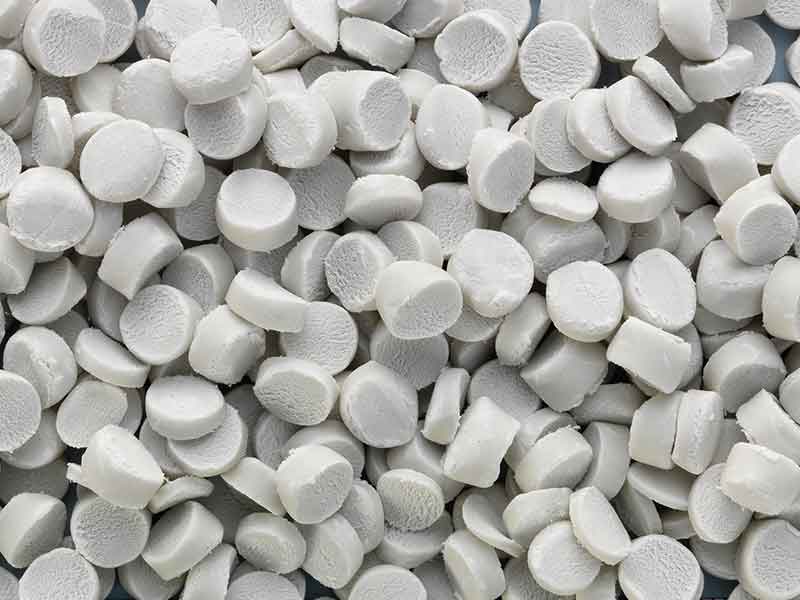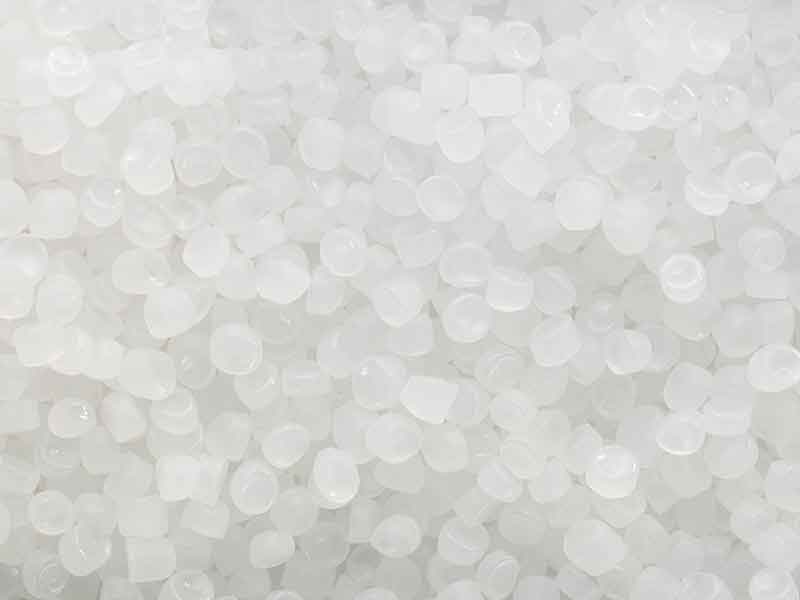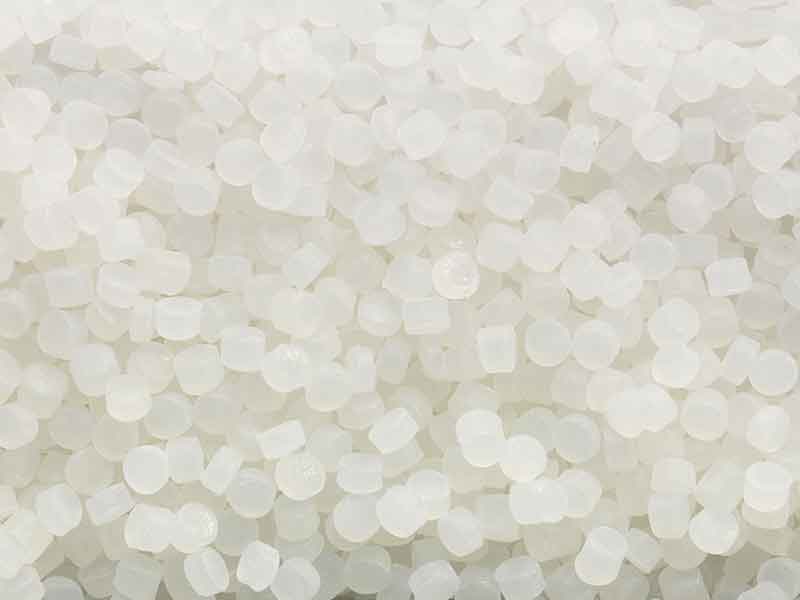Cable Compounds
Depending on requirements, cable insulation mass comprises various different plastics. They include soft PVC, TPE, PPE, EEFE, PVA, and various kinds of polyolefin.
The requirement profiles are characterized by a variety of influences. These include technological advances in end uses such as electromobility, DC technology, and global megatrends such as renewable energy and decentralization of energy supply. Also regulatory provisions including security of supply, flame retardance, substitution of problematic formulation ingredients, and product lifetime, can exert great influence. Supplying industries, businesses and private parties with fibre optic technology (FTTH or FTTB) is soon becoming the norm in data transmission, and the tightest installation conditions are increasingly a challenge. These can be mastered, for example, by means of highly flexible and minimalized layer thicknesses.
In the following segments, requirements are addressed with sophisticated solutions by the BUSS cable compounds compounding technology.





